
BardDandelion
-
Content Count
242 -
Joined
-
Last visited
Posts posted by BardDandelion
-
-
This is a very good news!
-
Impressive build! Keeping my fingers crossed!
-
@A_Forest_of_Lego @Rjbricks Thank you guys! Glad that you enjoy my builds! New one in Friday! :D
@NOD Thanks for the comment! My goal was not only build something nice but also get people interested in Polish history. I guess it is not well known in other parts of the world. Happy to use my platform to spread the knowledge. Just remember - I'm not a historian, if you want to know more and better understand presented events, you should look for more information and read more by yourself. ;)
-
Added third scene to the project! ;)
-
@GeoBrick Thanks a lot! Glad that you enjoy my build. ;)
@WickNole Nice! Would be great to learn more about history of Estonia. Don't remember any mention about your country during my history classes in school but I'm sure that some interesting and important events took place there. Can't wait to see what you guys come up with!@Jack Sassy Thank you! Hope you will enjoy my future builds as well. :)
-
@WickNole YES! DO IT! Let's spread historical builds everywhere. Where are you from? ;)
My LUG (Zbudujmy To!) actually made collab project called History of Poland in 2018, you my find it online. ;)
@BrickMatit Thank you very much! I'm always trying to do my best with my builds. Limited sizes allows me to focus on details. :D
@Yperio_Bricks Thanks a lot! Glad that you enjoy my builds. ;)
-
Hello!
Last week started posting builds from my newest project - History of Poland.
First part of the project will cover events and will include characters from Xth to early XVIth century. It will tell the story of Poland entering the Christian world of medieval Europe, Polish social, economic and military development, up to the dominant role in our part of the world in XVIth century, which is being called Golden Age in Polish history. We will stop at the beginning of it and I hope that Part I itself will form compact and satisfying whole.
Later will continue with more and each part will include ten scenes. ;)
Christianization of Poland, 966
Mieszko I (read it "Mieshko") was ruler of Poland princedom. He decided to accept christianity as a state religion and be baptised in 966. He abandoned pagan believes and married Bohemian princess Dobrawa. This conversion was a political move, not a spiritual need of Mieszko but it introduced Poland to Christiandom and decrease the likelihood of attacks from Christian states in west and south. It was also important that christianization took place through Bohemian state, not Germany.
Chrisitanization is first historically proven event in Polish history. With Christianity came Latin culture and literacy. Incoming clergy helped education and diplomacy to florish in Poland, that placed it firmly in the sphere of Western European culture, tradition and politics.
Congress of Gniezno, 1000
We continue our journey through ages and stop in year 1000 when Congress of Gniezno happened. At that time, ruler of Poland was prince Boleslaw Chrobry (Boleslaw the Brave), son of Mieszko I.
Emperor Otto III went on a pilgrimage to St. Adalbert's tomb in Gniezno. Bishop Adalbert of Prague was a missionary who was martyred in pagan Prussia. He is patron of Czech Republic and Poland.
Otto III gave Bolesław a replica of his Holy Lance, part of the Imperial Regalia, and Bolesław presented the Emperor with a relic - an arm of St. Adalbert in exchange. This moment is captured in my build.
Congress of Gniezno helped strengthening the position and status of Boleslaw Chrobry who was crowned as first king of Poland in 1025.
The most significant result of congress was raising of Gniezno to the rank of an archbishopric, making Polish Church independent to German.Henry of Sandomierz in Holy Land, 1154
In order to avoid "Game of Throne" level of struggle for power between his sons, duke Bolesław Krzywousty ordered the division of the state between his descendants.The supreme power over the dynasty and lands was to be kept by the eldest of the Piast. Krzywousty's will entered into force in 1138, beginning a nearly two-century-long fragmentation of the Polish realm.
One of the duke sons was Henryk of Sandomierz. He went on a crusade to the Holy Land, where he became famous for his piety and bravery during the fights with the Saracens.
I Mongol Invasion, 1241
The divided and weakened Polish state in the 13th century was harassed countless times by the invasions of the Tatars, who conquered Kievan Rus in 1240 and stood at the gates of Europe.
Tatar invasions were of a plundering character, which weakened Polish economy. The importance of the country on the international arena has diminished, and the process of Poland's unification has been delayed.
The trace of these events is preserved in Polish culture to this day - in the form of Krakow's Lajkonik, the interrupted melody of St. Mary's bugle call or monuments, works of art and legends of Sandomierz.Reign of Casimir the Great, 1333-1370
Fragmentation of the realm lasted until 1320, when Władysław Łokietek was crowned, but it was only during the rule of his son - Casimir - that the kingdom was unified and strengthened.
In 1333, when the young prince took power, Poland was not in the best situation - John of Luxembourg claimed the right to the Polish throne, the Teutonic Knights were a threat in the north, the Czechs in the south, and individual principalities recognized various suzerains, not necessarily favorable to the new king.
Despite this, Casimir, using diplomacy or force and introducing internal reforms, was able to stay on the throne and strengthen the country.
To commemorate the king's achievements and his attitude, which enabled the development of the state on social, economic, military and cultural levels, he was given the nickname "Great".
To this day, the proverb "he found Poland made of wood and left it made of brick" is popular, symbolizing a number of changes that took place during the reign of Casimir the Great.Founding of the Cracow Academy, 1364
Thanks to the efforts of King Casimir the Great, a university was established in Krakow. It is one of the oldest universities in the world, the second in this respect in Central Europe (second to Charles University in Prague).
Liberal arts, law and medicine were taught at Cracow Academy.Almost as old is the custom of Juwenalia - student holidays. For a certain period, the students abandoned their duties, chose their "king", and then took over the city.
Student's song "Breve regnum erigitur", describing this custom, is the oldest known secular song from Poland. The original work was written in Latin.
The custom is practiced to this day - the festival is accompanied by concerts, parties, and a juwenalia procession is organized.The current name - Jagiellonian University (UJ), given to commemorate the contribution of the Jagiellonian Dynasty to its development, has been functioning since the 19th century.
Status of the Cracow Saltworks, 1368
Due to its preservative properties, salt has historically been a desirable and expensive commodity.
The reforms introduced by Casimir the Great, covering the issues of trade, exports, taxation of salt and social welfare for miners, had a great impact on the Polish state.
According to historians, the salt mines accounted for 25% of the kingdom's total revenue at its peak.
The trade of salt mined in Wieliczka and Bochnia also contributed to the enrichment of Krakow's townspeople and the Polish nobility.The salt mine in Wieliczka near Krakow, a pearl of engineering, art and architecture, is on the UNESCO World Heritage List. It is visited by hundreds of thousands of tourists every year.
Battle of Grunwald, 1410
The battle fought by the allied Polish-Lithuanian army with the forces of the Teutonic Order is one of the largest in the history of medieval Europe
According to the chronicler - Jan Długosz - before the battle, Grand Master Ulrich von Jungingen sent envoys carrying "two naked swords". With this gesture, he tried to challenge the Polish-Lithuanian command and encourage them to start the fight.
King of Poland Władysław Jagiełło was to respond to this gift with the words:
- We have plenty of swords, but I also accept these as an omen of victory, which God Himself sends to me through your hands.
The army, singing "Bogurodzica", went into battle and after a day of clashes, the forces of the Order were routed.Unfortunately, the victory was not fully used by the Polish side - Malbork was not captured, the Teutonic Order did not cease to exist.
History of Poland, Part I: The Altarpiece by Veit Stoss, 1489
Sacred art in the Middle Ages was extremely prominent, also in Poland. One of its most outstanding examples is the Altarpiece by Veit Stoss located in St. Mary's Church in Kraków.
It was made in the years 1477-89 by the sculptor Veit Stoss who came from Nuremberg.
The main scene of the altar is the Dormition of the Virgin Mary. Scenes from the life of Mary and Jesus are depicted on the wings.
It is the largest altar of this type in Europe - it has dimensions of 11 x 13 meters, and the largest figures measure 2.8 meters.The scene presents the altar only symbolically.
History of Poland, Part I: Prussian Homage, 1525

The Prussian homage took place in Kraków after the earlier conclusion of peace between Poland and the Teutonic Order.
As a result of this act, Teutonic Prussia was transformed into the Duchy of Prussia, becoming a fief of Poland, ending nearly three centuries of wars and tensions between states.
The last grand master of the order was Albrecht Hohenzollern, he left the order and accepted the Lutheran confession.
The king of Poland at that time was Sigismund I the Old from the Jagiellonian dynasty.This treaty was the first interstate agreement in Europe between a Catholic and a Protestant ruler.
__________________________________________________________________________________________________________________________________________________________________________________
Will update this post with every new build. ;)
If you want to more know, go and read some articles online or maybe even better a book. I'm not a historian, I'm just a guy who wants to spread knowledge and encourage others to learn more and since I'm a LEGO builder, I do it through LEGO builds.
Hope you enjoy my MOCs. ;)
-
@Viper Knight Yes, Poland, but not Wroclaw.
Faction inspired by Middle and East Europe is called Kislev. It's north from Empire and it's first human kingdom in Old World that stands on the way of demons. It is ruled by Tzarina who is ice witch, other units are based on Polish, Cossacks and Moscovites.
I built diorama of Kislevian fighting Khorne demons, check my Flickr or ig gallery (link below).
-
@Feuer Zug Thank you! Glad that I was finally able to make this one and how it turned out. :)
@Wardancer Thanks a lot! ;)
-
-
@Triceron I started whole build from the head as I usually do. I find it the most important part of any creature. ;)
-
Hello!
Check my newest Warhammer inspired build - Terrorgheist.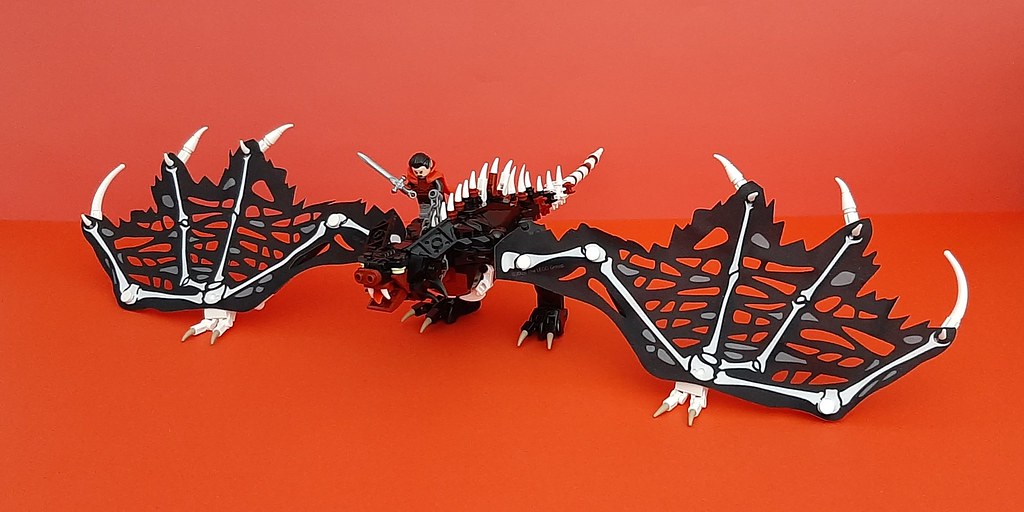
This dragon-bat zombie creature is a flying mount from Vampire Counts faction and it's a fine addition to my collection of LEGO Warhammer creatures.
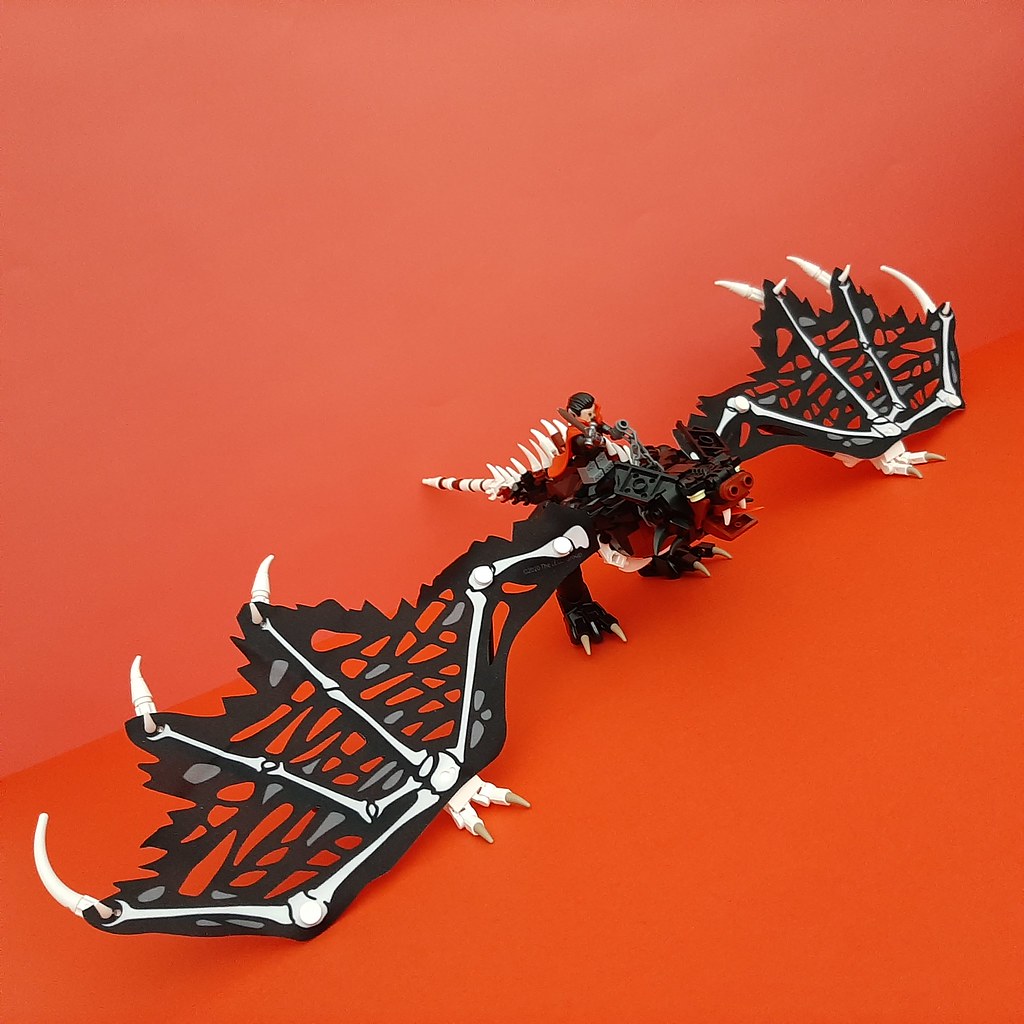
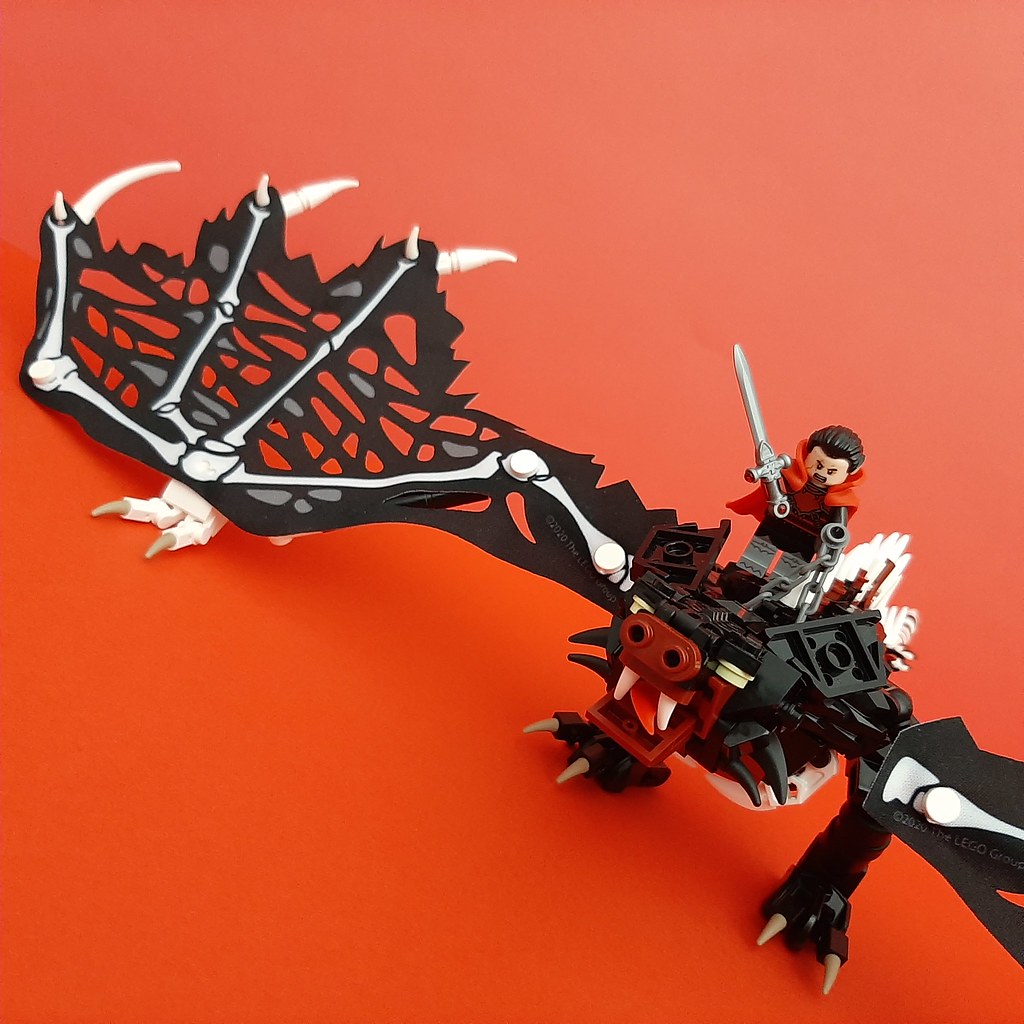
Hope you guys enjoy my build.
Made it for CCC XX Fantasy Creature category, so keep your fingers crossed. :D
-
@Viper Knight Warhammer basically has everything in some form or shape - satanistic vikings, arthurian knights, three types of elves, four types of demons, German II Reich, hobbits, Aztec Lizardmen, Egyptian mummies, vampires, samurais, Chinese Empire, Middle East tribes, winged hussars riding bears, giants, orks, goblins, ogres, dwarves, dwarves but satanistic. :D
@AstroFalcon I have one more idea for it but it's 18+. :P
-
@Viper Knight It's based on Warhammer. Norsca is one of the factions you can play.
@socalbricks Thanks! I think that small details are very important and they are what make model really good. Always trying to add an extra touch. :D
-
@natesroom I'm not sure if it would work in stud.io. It's not built by the book, there are some tricky techniques.
@mrcp6d Thanks! Eyes of the mammoth were first thing that came to my mind when I opened nutcracker. :D@LordsofMedieval Thank you! Finally someone who likes it. :D
@MKJoshA Thanks a lot! I think I'm doing that fungus technique since quarter tiles were introduced. :D
-
@NOD Don't worry, other armies have their own types of big units. :D
@Feuer Zug Thanks a lot! Glad that you like it. :)@natesroom Thank you! Had it in my mind for a while and finally managed to build it.
-
@MAB
Thanks a lot! Glad that you like my build. ;)
Warhammer is basically every crazy idea about fantasy or history that came to the minds of people in Gamer Workshop. There is basically everything. :D -
Hello!
Wanted to share my newest build inspired by Warhammer Fantasy Battle - Norscan War Mammoth.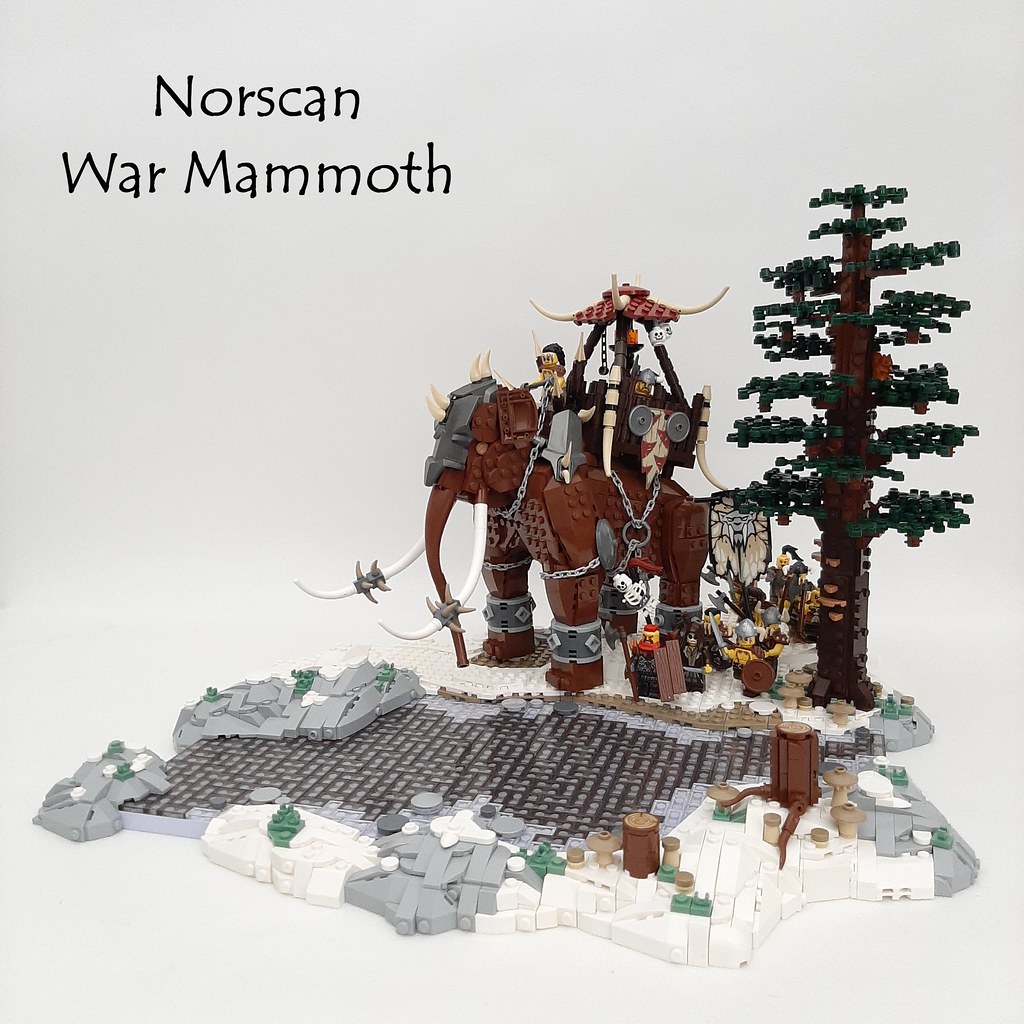
Building mammoth took my one week, base was created after in three evenings.
Next to it there are marching Norscan soldiers. Tried to combine parts from Vikings and Ninjago to make unique look of units from the game.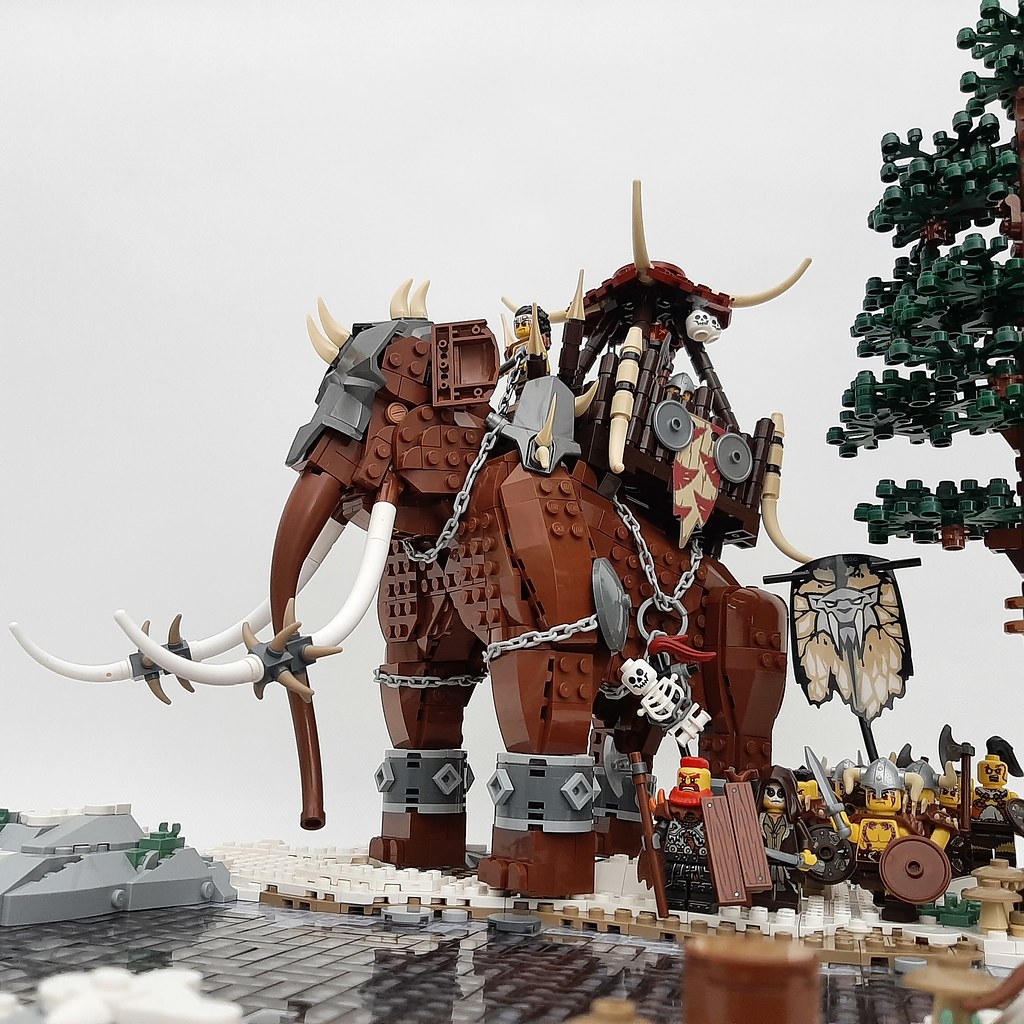
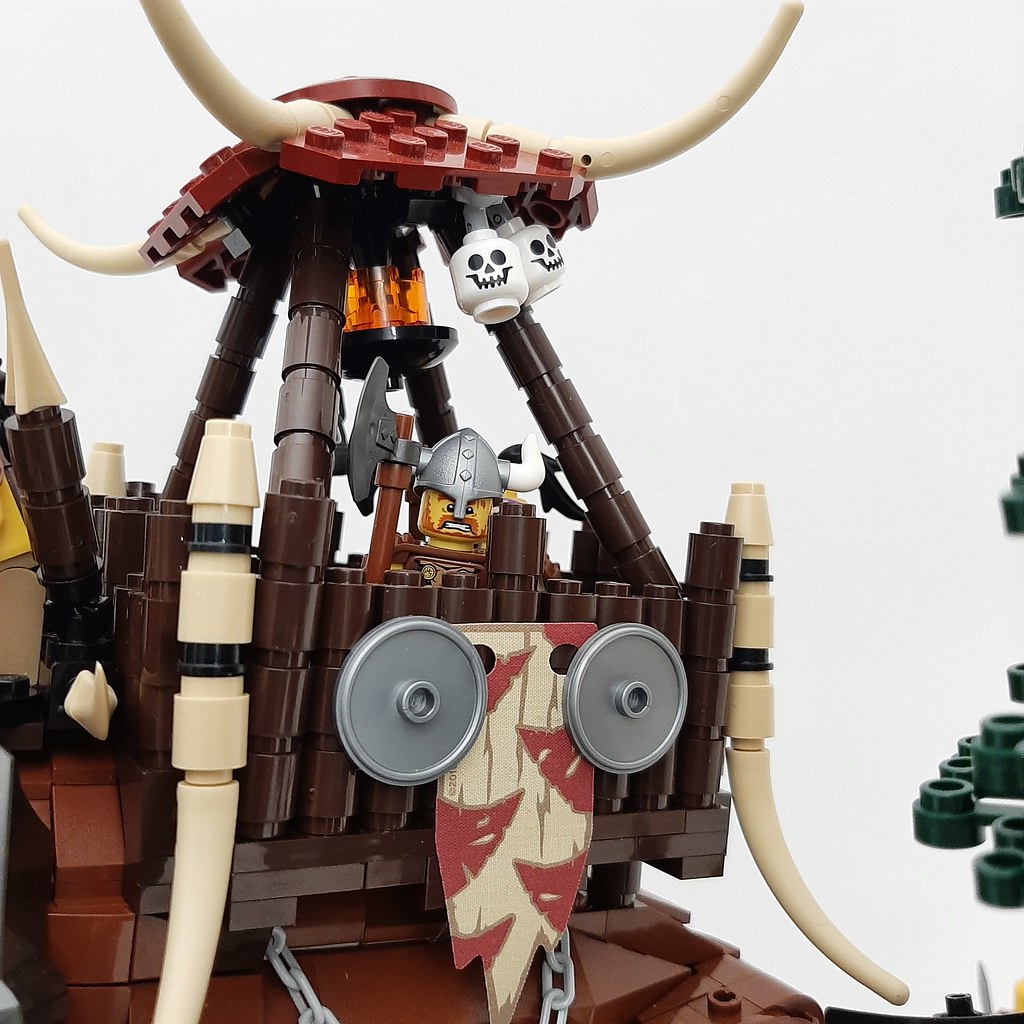

Hope you enjoy it! ;)
-
@Karalora Thanks a lot! Glad that you like it. :)
@eric_son_of_joseph Thank you! :D
@Yperio_Bricks Thanks a lot for the support! Glad that all details are clear and easy to spot and recognize. :D
@LordsofMedieval Thank you. ;)
-
Hello!
My entry for LEGO IDEAS/Dungeons and Dragons challenge. Wanted to build this kind of MOC for a really long time and finally competition motivated me to do that.Tried to connect two worlds - real one where players are sitting by the table and fantasy one where they go using their imagination and PRG system. Hope that you like it. ;)

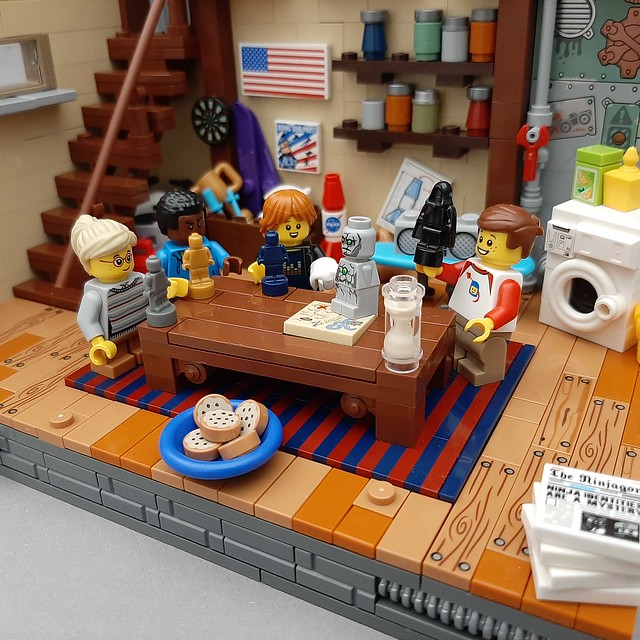
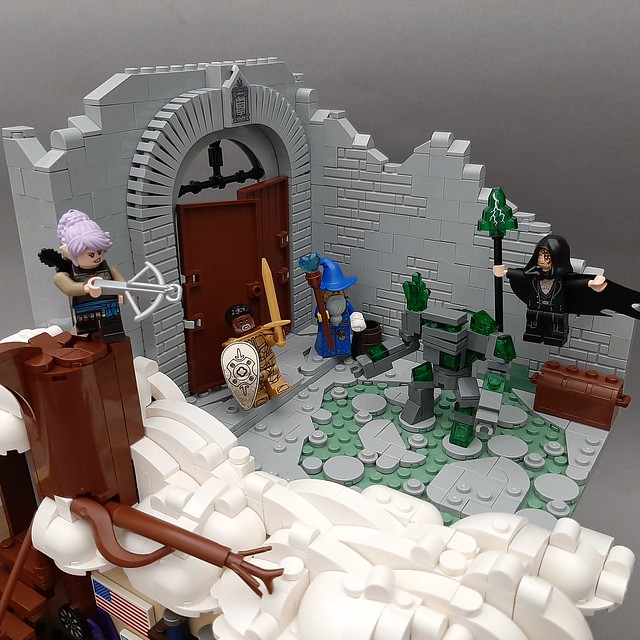 Team of brave adventurers has to stop Dark Wizard!Will they succeed in this mission?Will the troubadours sing songs in their honor?Will there be piece in the kingdom?Or maybe mom will call everyone for a dinner earlier?
Team of brave adventurers has to stop Dark Wizard!Will they succeed in this mission?Will the troubadours sing songs in their honor?Will there be piece in the kingdom?Or maybe mom will call everyone for a dinner earlier?
If you enjoy my build, visit LEGO IDEAS and leave some comment there: -
Hello!
Here is my build for competition run by Bricknerd.

The task was to create pirate build but without using "human" minifigs (all sorts of animals e.g. from Chima were allowed). I decided to go even further and don't use minifigs at all. :D
Final addition to the build was a chest filled with cheese - the best treasure pirate could wish for.
Hope you guys enjoy my Pi-Rat! :D
-
Hello!
Wanted to share my newest LEGO Castle creation - figurine of the griffin and his rider.
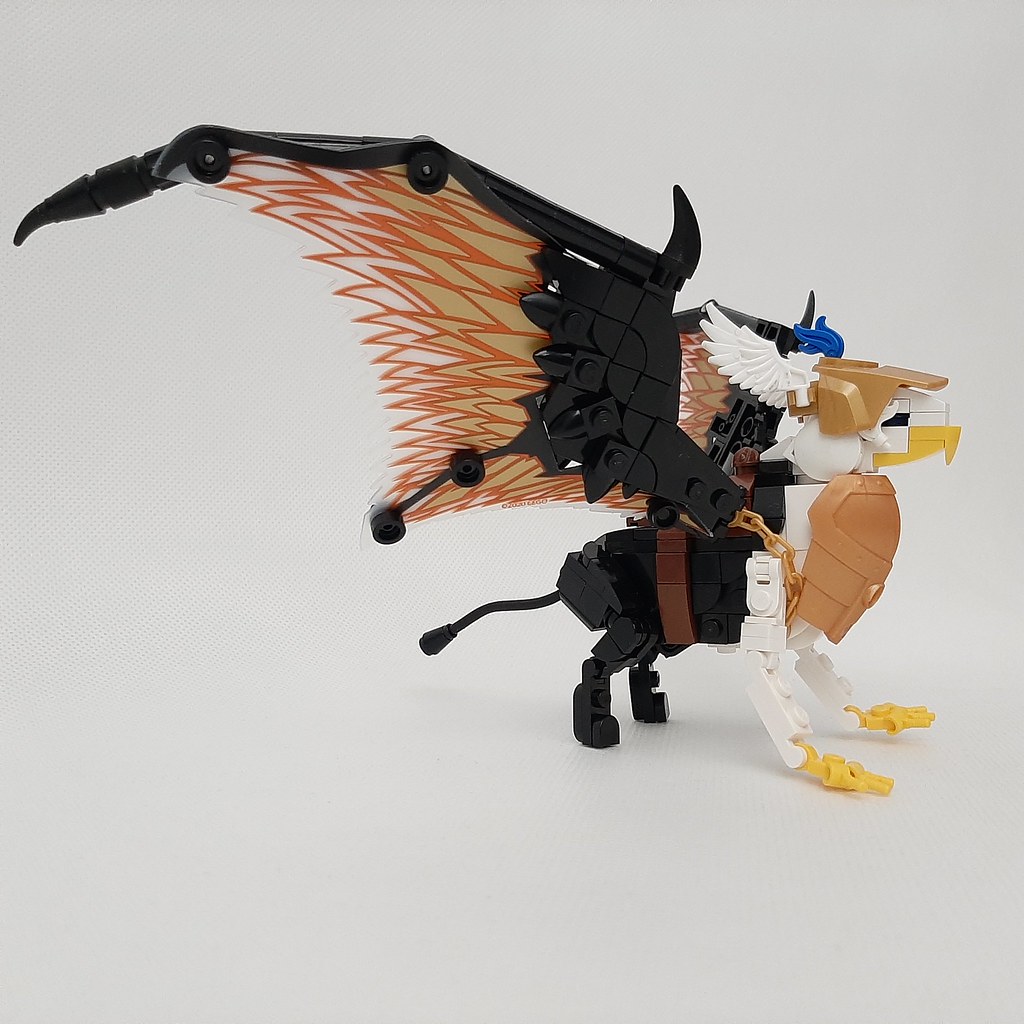


Build was inspired by various depictions of the creature, mainly from video games - HoMM, Warhammer and Warcraft.
Started with chest armour and head, suprisingly these were quite quick to build. Struggled a bit with wings, because didn't want them to be too massive. When I removed modified A-shaped plate used in Master Wu dragon set and combined two layers of the wings I knew that it as going in the right direction. The rest of the figurine was easy to make.
Hope you enjoy it. ;)
-
Thank you all for the comments - glad that you enjoy my build.
-
Hi!
Check my newest Warhammer diorama. It's based on Lizardmen faction units - I have kroxigor, skinks and slann which is that giat toad-like creature sitting on a flying throne.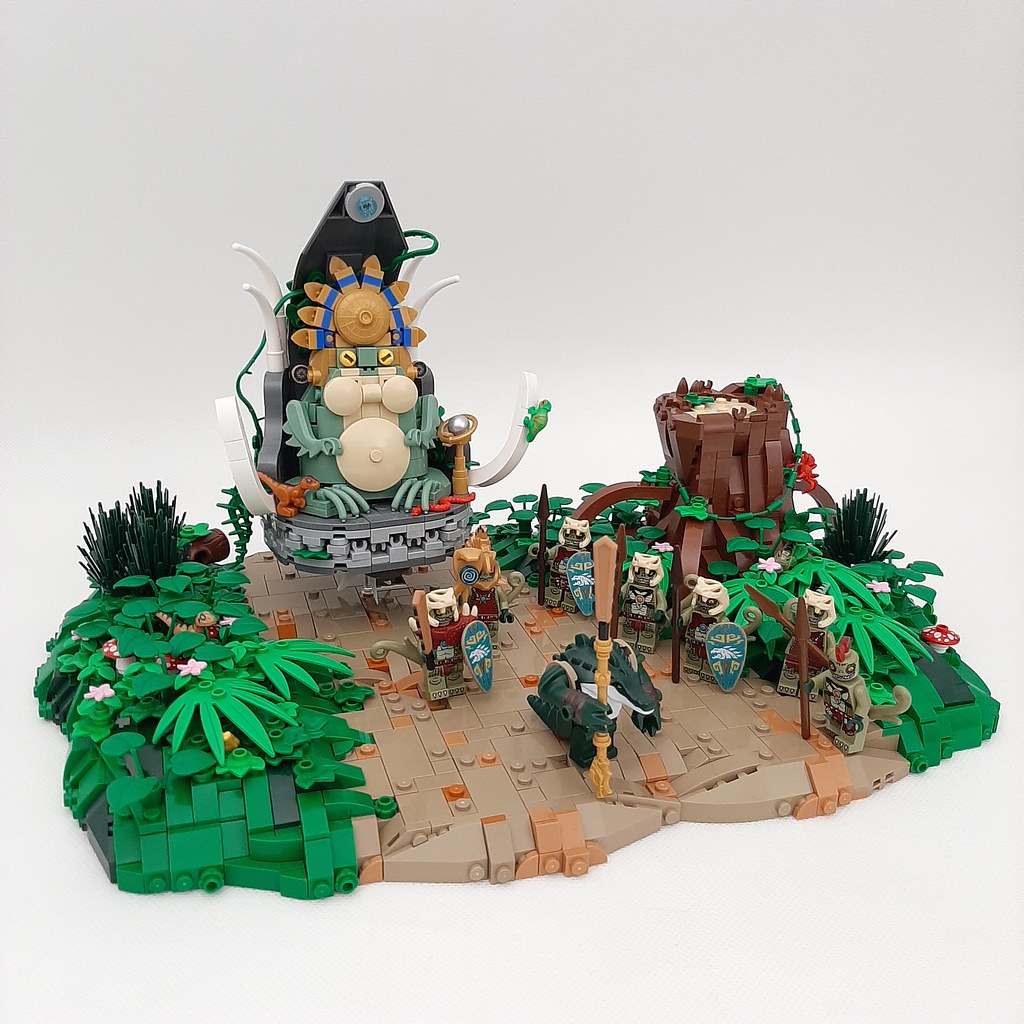

For kroxigor I used figurine from TMNT series. I think it fits here really nicely.

Close-up shot of the flying throne and slann mage. I'm really glad with the final result, especially that it took me only two evenings to make the that character. It's also really solidly built - I can easily pick it up and it doesn't break.
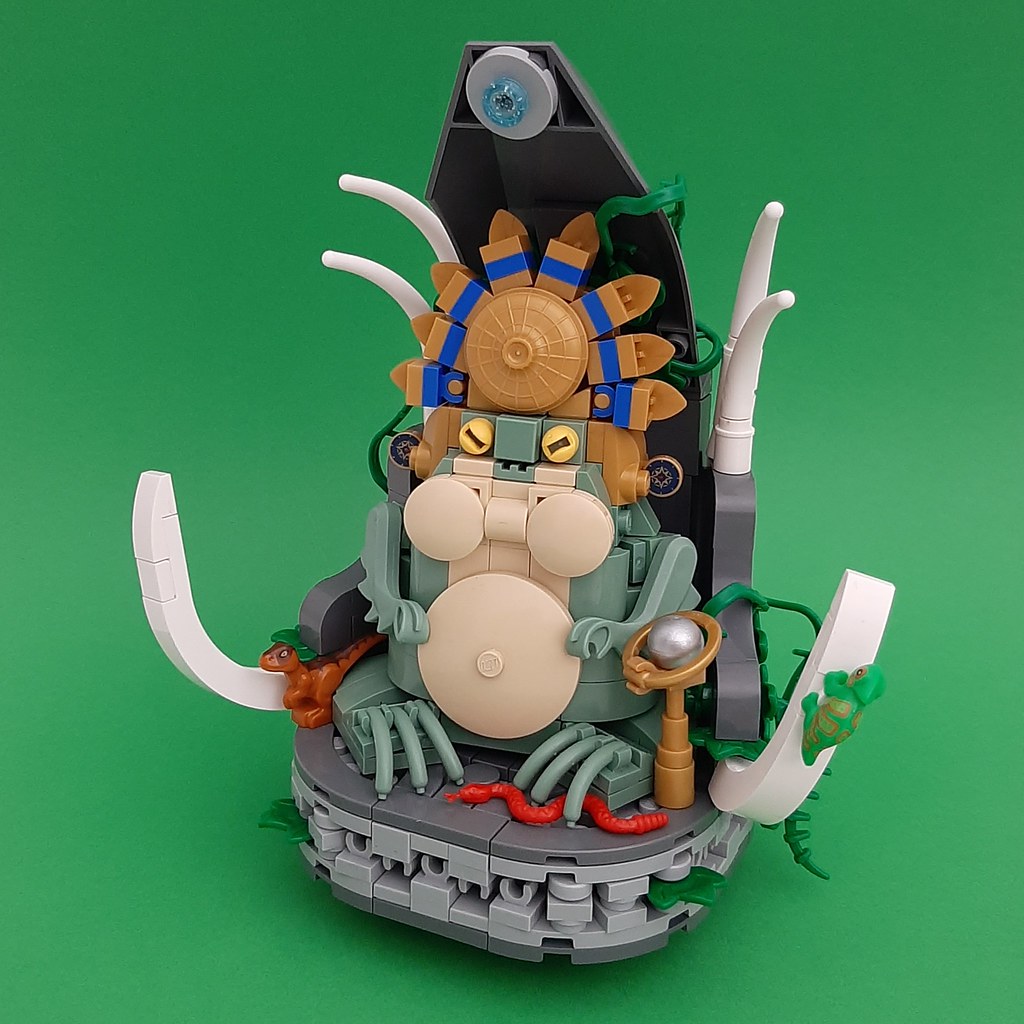
Hope you guys like it.
Comment and visit my ig, I post there regularly. If you have any suggestions for future builds - please, let me know in the comments or dm me or whatever you want.
Have a nice day! ;)


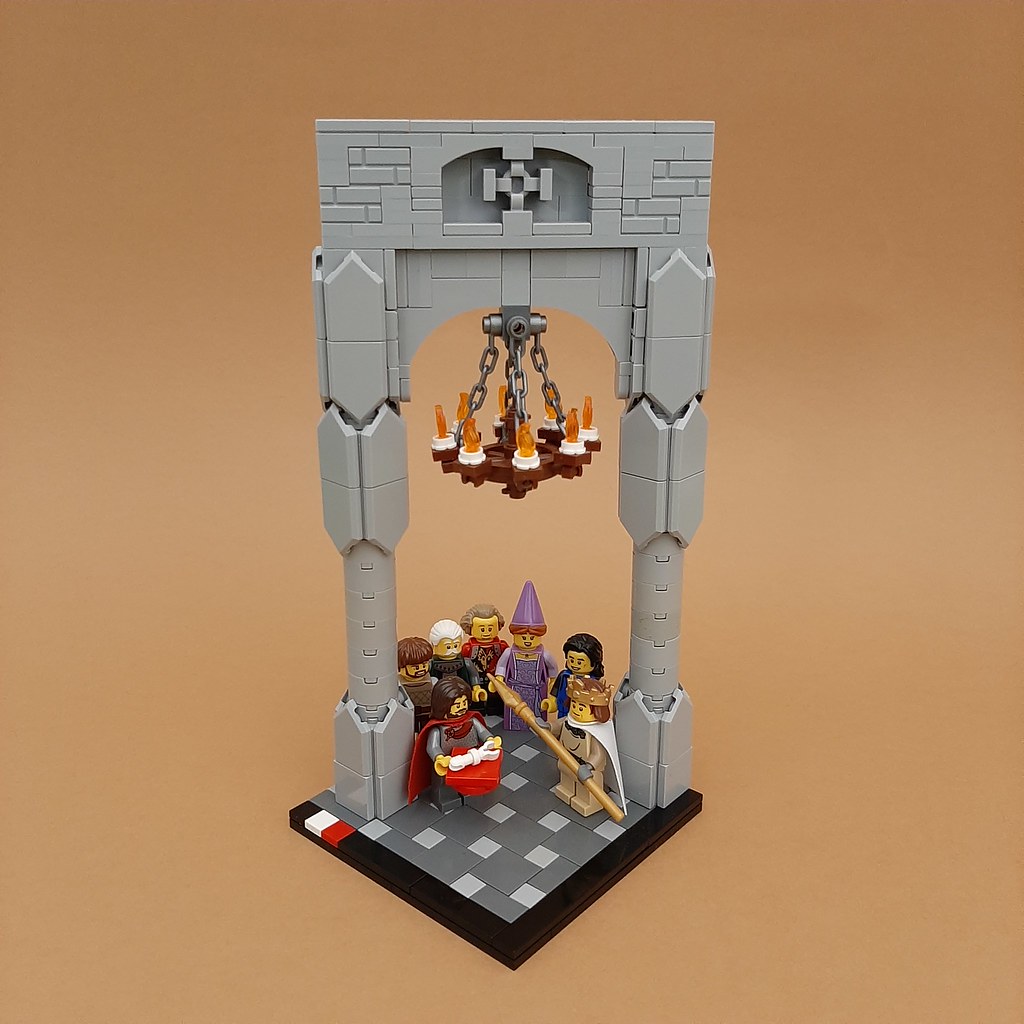
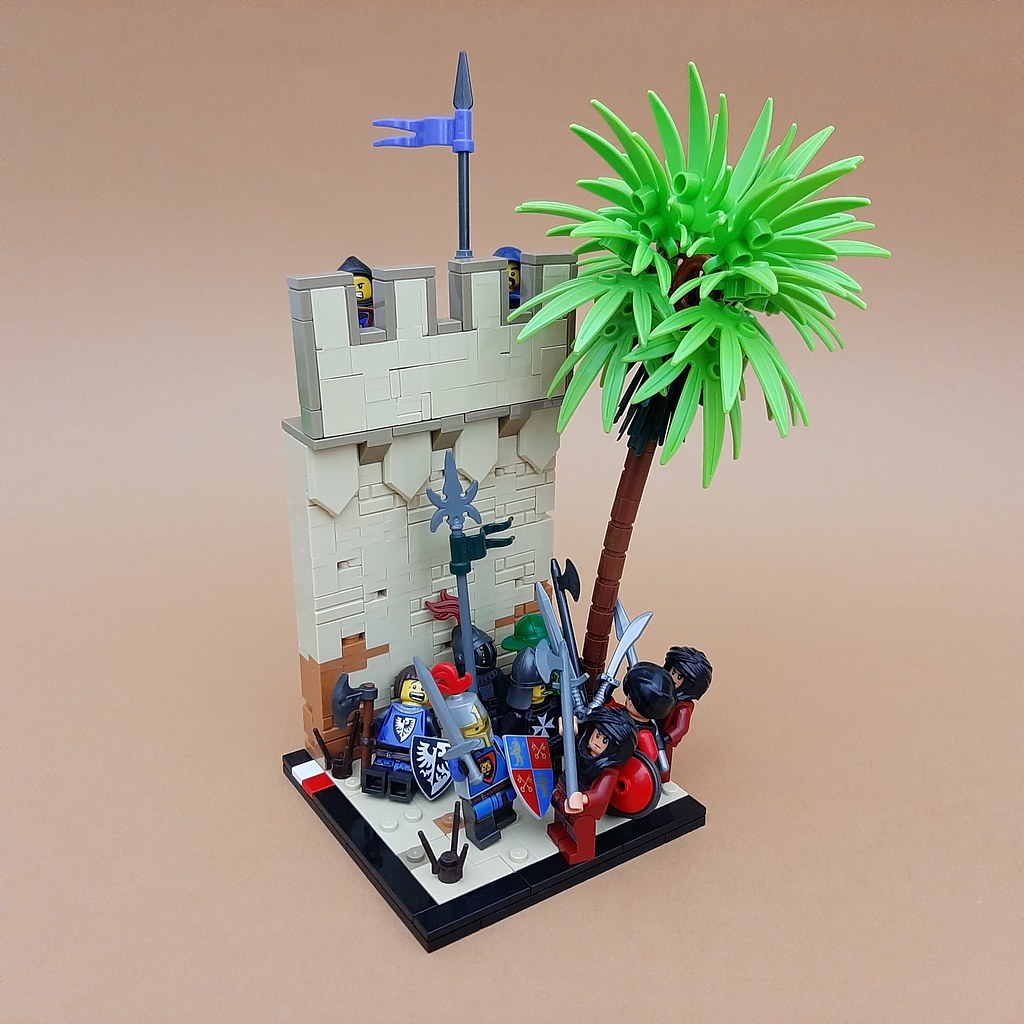


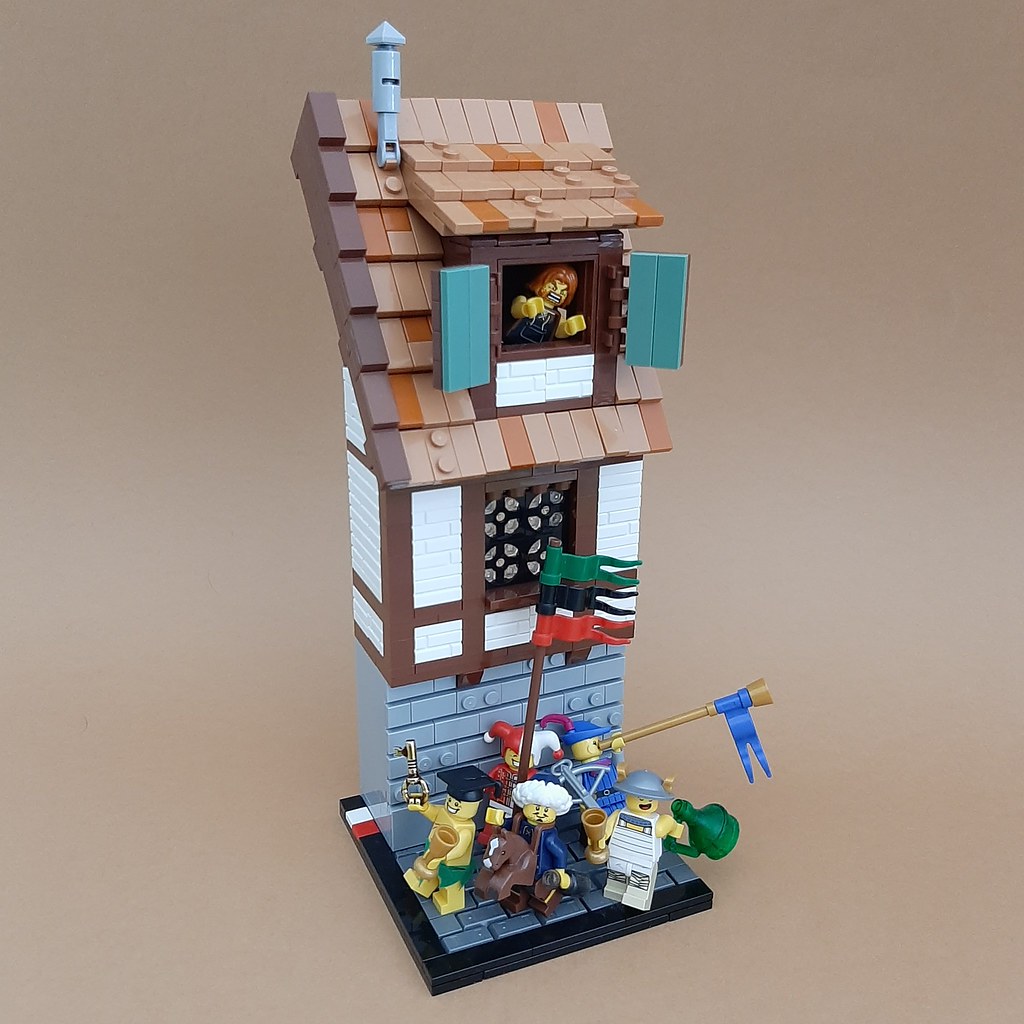

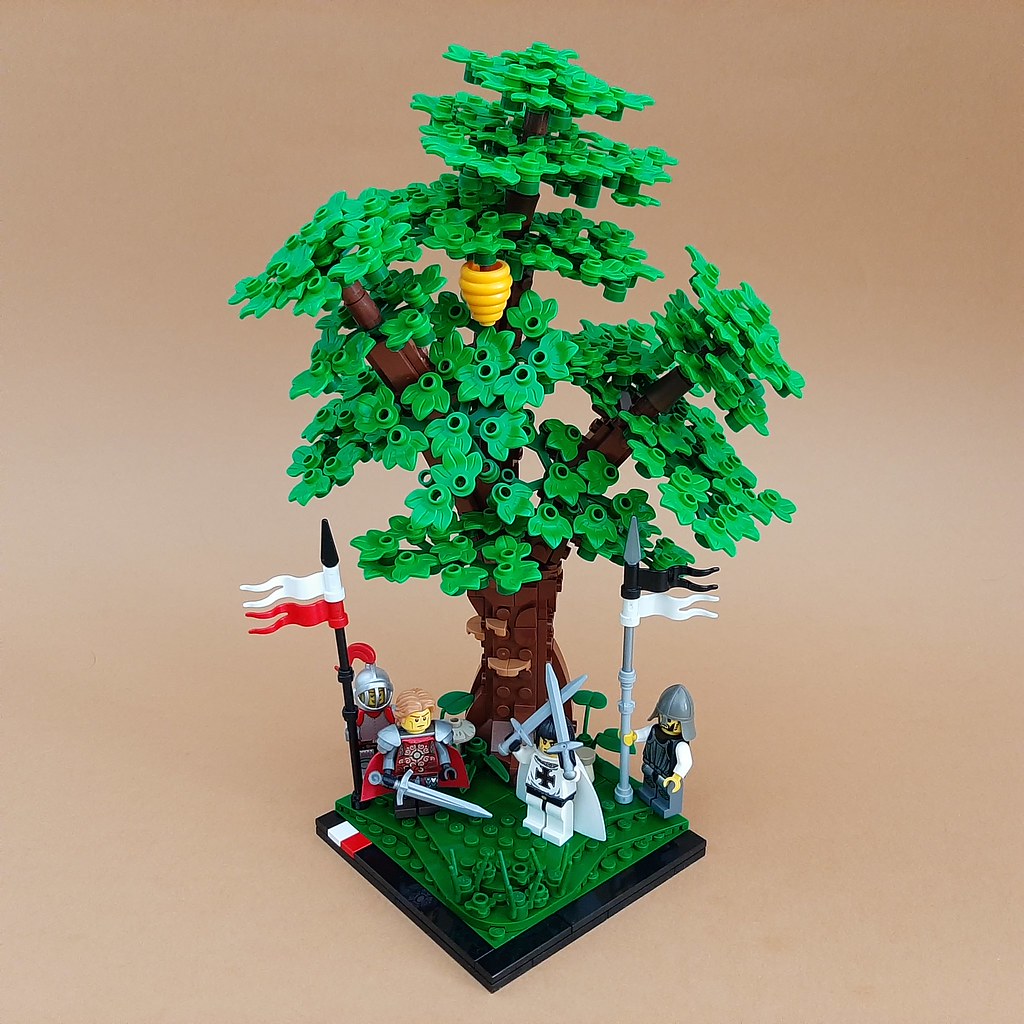
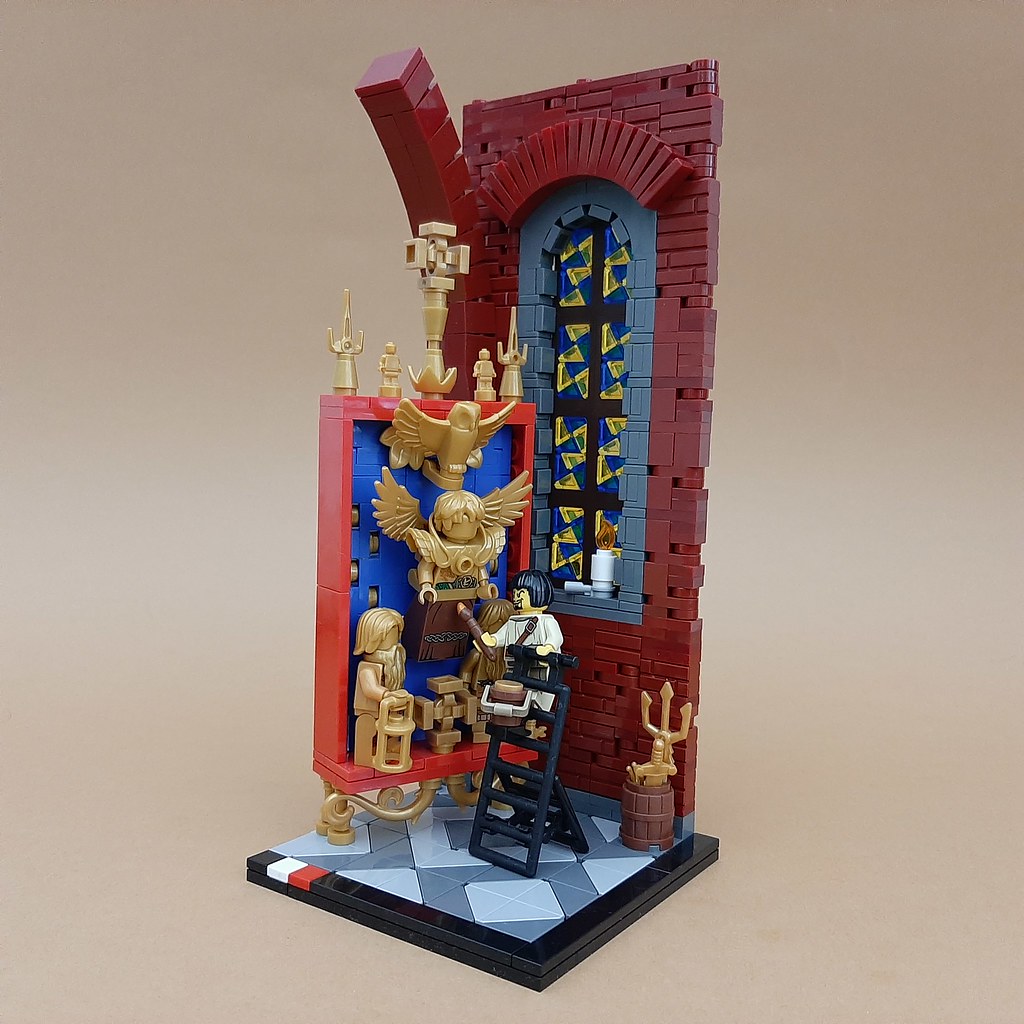
History of Poland, Part I
in LEGO Historic Themes
Posted
@BrynnOfCastlegate Thank you very much! There are more scenes to come so follow the topic or my Flickr/Instagram to check all of them. :D
Fourth scene added! :)